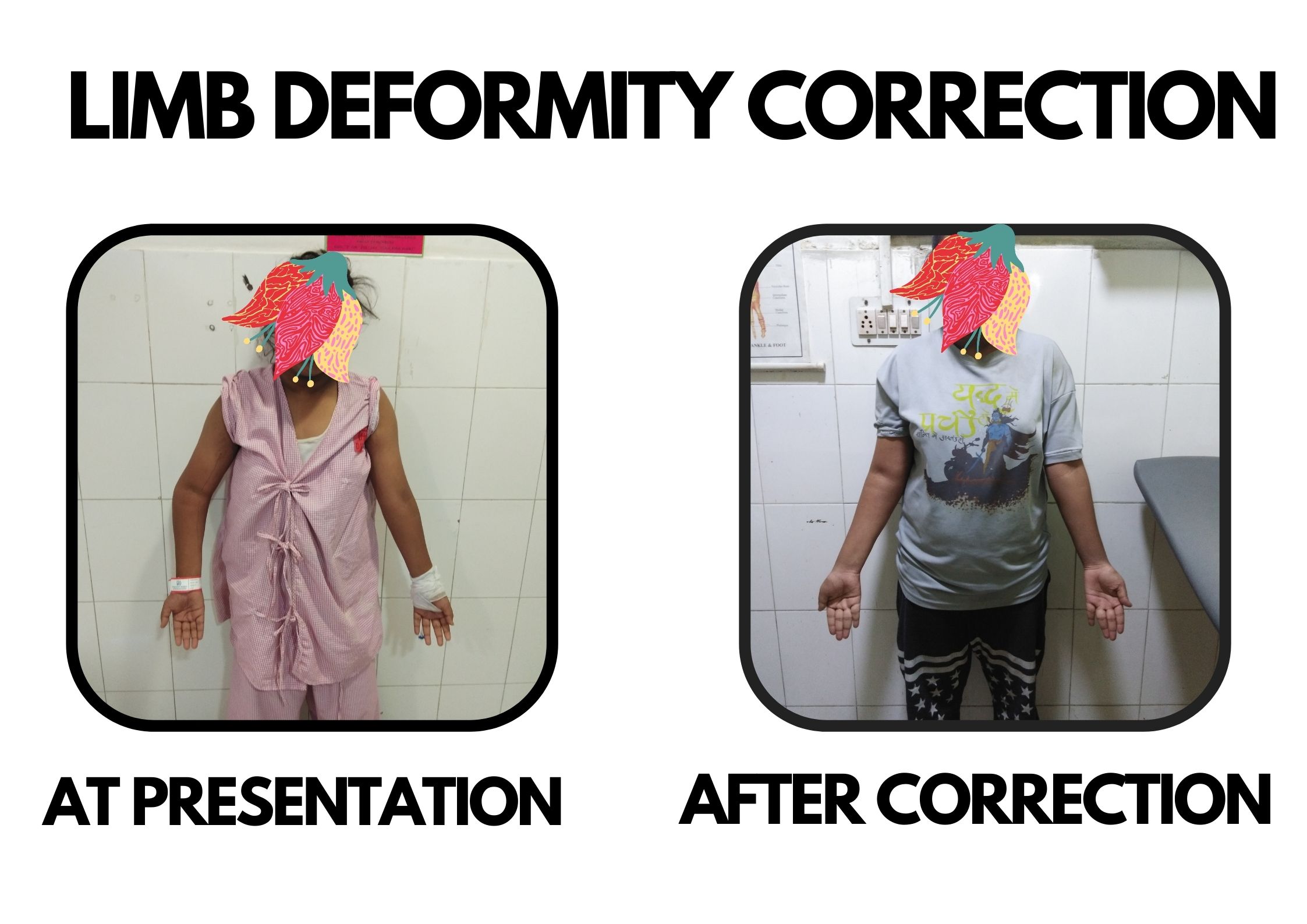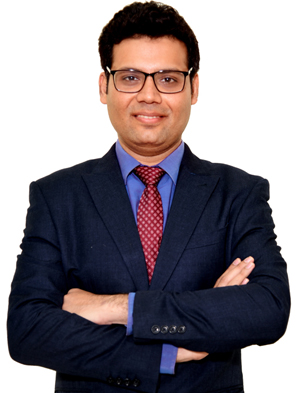8 Years Experience
MBBS, MS (Orthopaedics) FIPO (Mumbai)Consultant Paediatric Orthopaedic & Limb reconstruction surgeon.

Bones may become deformed for many reasons. These include congenital (from birth), developmental (from abnormal growth during childhood), and posttraumatic (from healing in a deformed position after a fracture).
Bones may be deformed in four ways: angulation (a bend in the bone), rotation or torsion (a twist in the bone), translation or displacement (a shift in the position of the bone after a fracture or osteotomy), or limb length discrepancy (a difference in the length of a bone compared with the other side).
Although each of the different types of bone deformities can exist on its own, it is very common to see combinations of two or more of these deformity components together.
There are various aspects involved in the process of deformity correction.
Corrective osteotomy (cutting the bone) requires either internal or external fixation to stabilize the broken bone.
Internal fixation is used in cases of acute correction (corrected at once, during surgery).
External fixation is used when it is preferable or safer to correct the deformity gradually to avoid stretch injury to soft tissues, such as nerves or blood vessels. Gradual correction of deformities is similar to limb lengthening. Certain instances where external fixator has distinct advantages over other methods:
One of the newer methods for gradual correction is using the Hexapod external fixator. This new powerful correction tool can simultaneously correct all four-deformity components utilizing the six-axis correction principle. It is a computer-aided correction where the software is used to guide the correction.
In children, gradual deformity correction can also be achieved by stapling one side of the growth plate called Hemi-epihysiodesis. This stops the growth of that side while the other side of the same growth plate continues to grow. Once the bone is straight, the staple can be removed to permit symmetric growth of the entire growth plate.

Consultant Paediatric Orthopaedic & Limb reconstruction surgeon.
© Copyright 2020. All Rights Reserved | Powered by Dr Deepak khurana- Paediatric Orthopaedic Surgeon Crafted by CWM Technologies